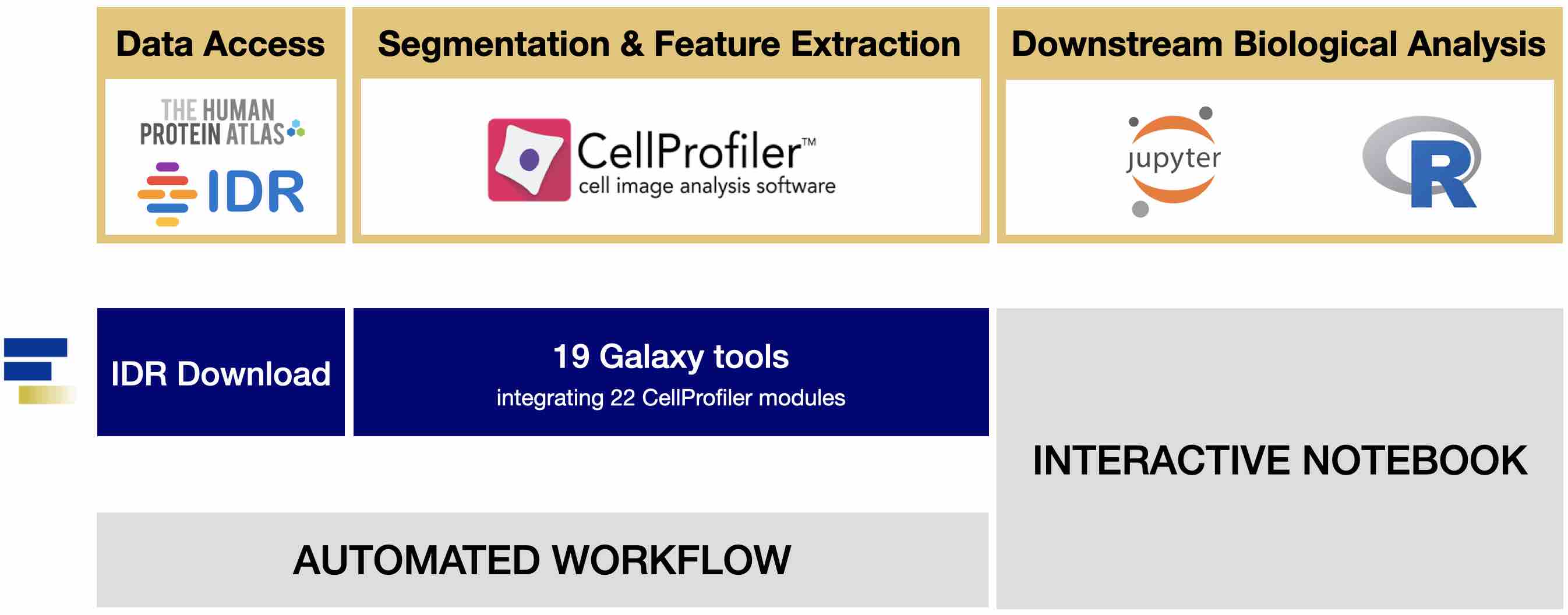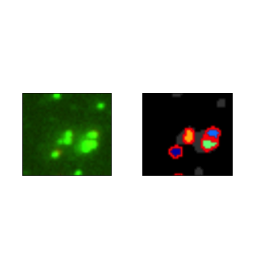
Senescent cells still metabolically active preserving the potential to secrete paracrine acting factors. However, the tumor suppression of senescence is quickly challenged by massive emerging envidence. Since most clinical or under-investigation chemotherapeutic drugs induce severe DNA damage to tumor cells, they are conceivably engaged and, correspondingly, trigger cellular senescence. Additionally, cellular senescence was proposed to be regulated by two main tumor suppressor pathways of cell, the ARF/53 and INK4a/RB pathways. Cellular senescence is characterized by an irreversible cellular growth arrest in response to DNA damage. Among these alternative pathways, the theory of cellular senescence provides a useful account of how thermotherapy prevents tumor growth both in vitro and in vivo. However, there is a growing body of literature that recognizes apoptosis may not be the confined mechanism whereby cancer cells lose their ability of self-renewal after exposure to chemotherapy treatment, especially in solid tumors. Generally, tumor cells are deprived of reproductive potential and undergo apoptosis. Altogether, Rh2 is a potential candidate to ameliorate this unwanted chemotherapy-induced senescence bystander effect.Ĭhemotherapeutic drugs are designed to eliminate tumor cells with high proliferation rates in treatment of malignancies. However, SASP from senescent cells treated with Rh2 greatly attenuated the above-mentioned bystander effect. Treatment with the natural product ginsenoside Rh2 does not prevent cellular senescence or exert senolytic. Interestingly, SASP from both cells powerfully promotes the cell migration and cell invasion of MDA-MB-231 cells. Reciprocal experiments, determined by cell proliferation and apoptosis assays and cell migration and cell invasion, indicated that SASP of MDA-MB-231 cell induces growth arrest of MCF-10A, whereas SASP of MCF-10A significantly stimulates the proliferation of MDA-MB-231. Similarly, SASP was identified by highly secreted proteins IL-6, IL-8, GRO, GM-CSF, MCP-1, and MMP1 by antibody array assay. Senescence was confirmed by flattened morphology, increased level of beta galactose, accumulating contents of lysosome and mitochondrial, and elevated expression of p16 and p21 proteins.

In the present study, we demonstrated the cellular senescence and senescence associated secretory phenotype (SASP) of both breast tumor cell MDA-MB-231 and normal epithelial cell MCF-10A induced by clinical dose of doxorubicin (100 nM).

Like most chemotherapy, doxorubicin does not selectively target tumorigenic cells with high proliferation rate and often causes serve side effects. The anthracycline antibiotic doxorubicin is commonly used antineoplastic drug in breast cancer treatment.


 0 kommentar(er)
0 kommentar(er)
